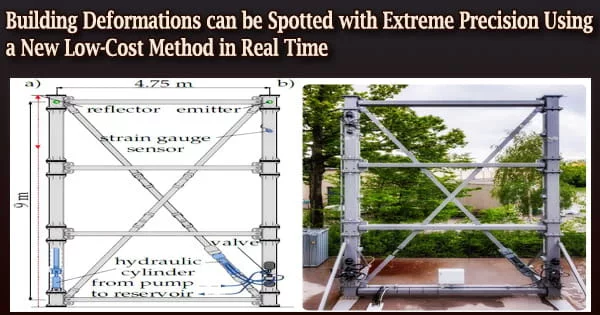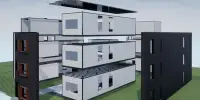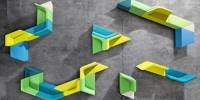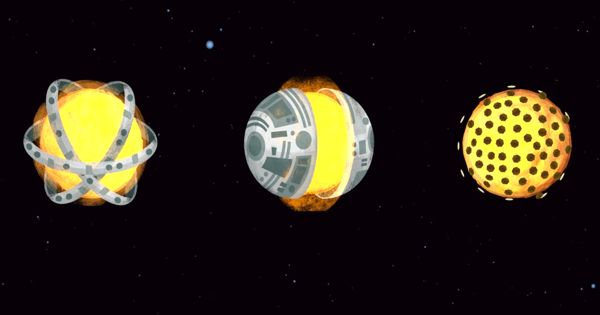A new camera-based technique for assessing structural deformations from 10 meters away can pick small displacements up. The technique may be helpful for continuously monitoring rapid deformations in high-rise structures, bridges, and other substantial structures with the goal of modifying these structures to external influences.
“Our new approach to detect building deformations could be used to continuously monitor movements. For bridges, the measured deformations could be used to counteract external loads such as a truck traversing the bridge, thereby increasing the lifetime of the bridge,” said Flavio Guerra from the University of Stuttgart, a member of the research team.
“Because it operates in real-time, it could be used to set off an alert the moment any new deformations which can lead to cracks were detected.”
In the Optical Society (OSA) journal Applied Optics, researchers under the direction of Tobias Haist report a novel approach. The study was carried out as a component of a project that intends to produce the technology required to construct structures that can adjust to environmental factors including sunshine, air temperature, wind, and earthquakes.
“One day we could have lightweight buildings that change forms in response to complex wind forces and can stay still during an earthquake,” said Guerra. “This type of adaptation requires extremely precise building deformation measurement so that the building’s current state is estimated and the direction in which it will likely move can be predicted.”
Our new approach to detect building deformations could be used to continuously monitor movements. For bridges, the measured deformations could be used to counteract external loads such as a truck traversing the bridge, thereby increasing the lifetime of the bridge. Because it operates in real-time, it could be used to set off an alert the moment any new deformations which can lead to cracks were detected.
Flavio Guerra
A vision-based method
The new technique entails mounting a camera on a tripod a short distance from the building’s front and fastening tiny light emitters to the structure. The camera then determines if the light sources are shifting in relation to one another.
Each light source image is duplicated on the image sensor using a computer-generated hologram. The movement of the several laser spot copies is averaged, which reduces measurement errors like noise and results in measurement uncertainties below a hundredth of a pixel.
The precision might be increased much further by employing several cameras, which would also allow the technology to be used to very huge structures.
Although fiber optic sensors can be used to monitor the health of structures, they must be put during construction. The new camera-based system uses less expensive hardware than fiber optic systems and may be added after construction.
“The multi-point measurement approach we used is based on a relatively simple method developed for the control of coordinate measurement machines,” said Guerra. “However, we applied the multi-point method for the first time on large objects outdoors under changing environmental conditions in real-time.”
The researchers draw attention to the fact that most camera inspection systems illuminate the target in this case, a building before taking a photo of it. They adopted a new strategy, fastening light emitters to the structure and aiming the light straight at the camera. Due to the camera receiving more light in this setup, measurements may be performed more quickly and accurately.
Monitoring an adaptive structure prototype
The researchers tracked minute motions of a prototype adaptive construction structure that was 9 meters tall using their innovative technique. Their measurements were in good agreement with the prototype’s vibrometer and strain gauge sensor data.
The method will then be used by the researchers to gauge movement in actual structures. In order to ensure that the software is trustworthy for continuous measurement around the clock, they also intend to make it more resilient and redundant.
















